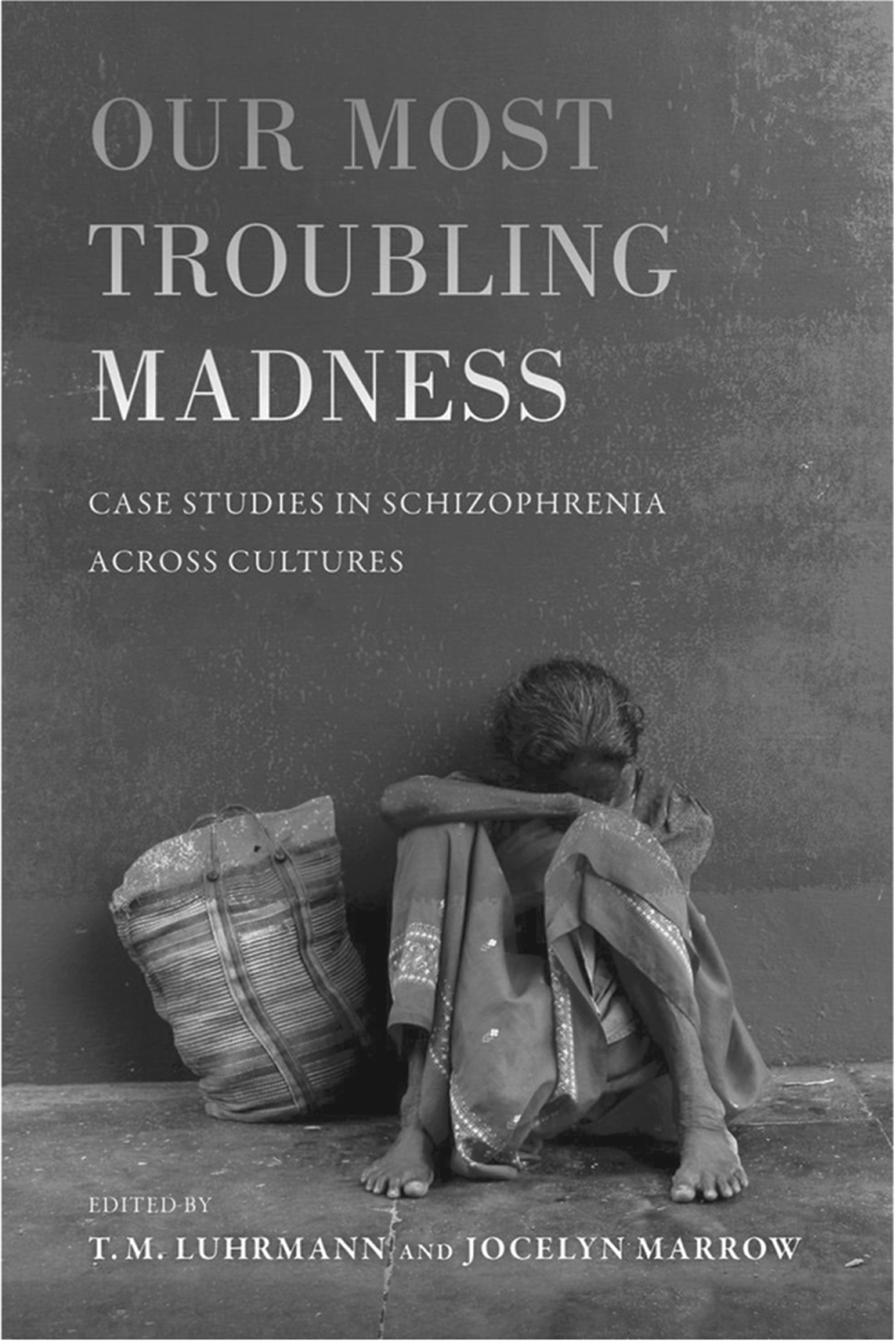
Thomas Insel (2013) defined schizophrenia as ‘a collection of signs and symptoms of unknown aetiology, predominantly defined by observed signs of psychosis’ but this concise definition hardly grasps the human cost, experiences and consequences of psychosis. Quite unremarkably, the ICD-10 codes schizophrenia as F.20 that aids communication among mental health practitioners but inadvertently strips off the human context of this illness.
Our Most Troubling Madness, edited by Luhrmann and Marrow, contains 12 case studies of people living with schizophrenia, a book that is compelling and disturbing in equal parts. The case studies continue where clinical case notes stop, extending into the realities of the lives of individuals with mental illness. As expected of anthropological studies, it dwells on the minutiae of everyday life of people living with schizophrenia drawn across cultures in Asia, Europe, America as well as Africa. There is a preference for stories from low- and middle-income countries (specifically India) and for the female gender.
In selecting more cases from low- and middle-income countries, the book draws up a comparison between people living with schizophrenia in these countries and those in high-income countries, with a focus on eliciting the social parameters that make for fairly better outcomes in low- and middle-income countries. It is paradoxical that in spite of better social welfare in terms of housing, occupational opportunities as well as treatment plans available to patients in London, San Diego and Chicago, patients in India and Ghana fair better because of the involvement of kith and kin in these countries.
It also reflects on how avoidance of the diagnostic label ‘schizophrenia’ may positively affect outcome in India where the majority of the cases described are that of young women whose illness were ignited by the pressures of marital customs in India, whose illness often returns them into the hands of their natal families as social misfits.
This book calls our attention to the unperturbed realities of schizophrenia's prognosis in spite of adequate antipsychotic dosages. Our Most Troubling Madness reminds us of the humanity of those whose diagnosis is what piques our scientific interest.





eLetters
No eLetters have been published for this article.